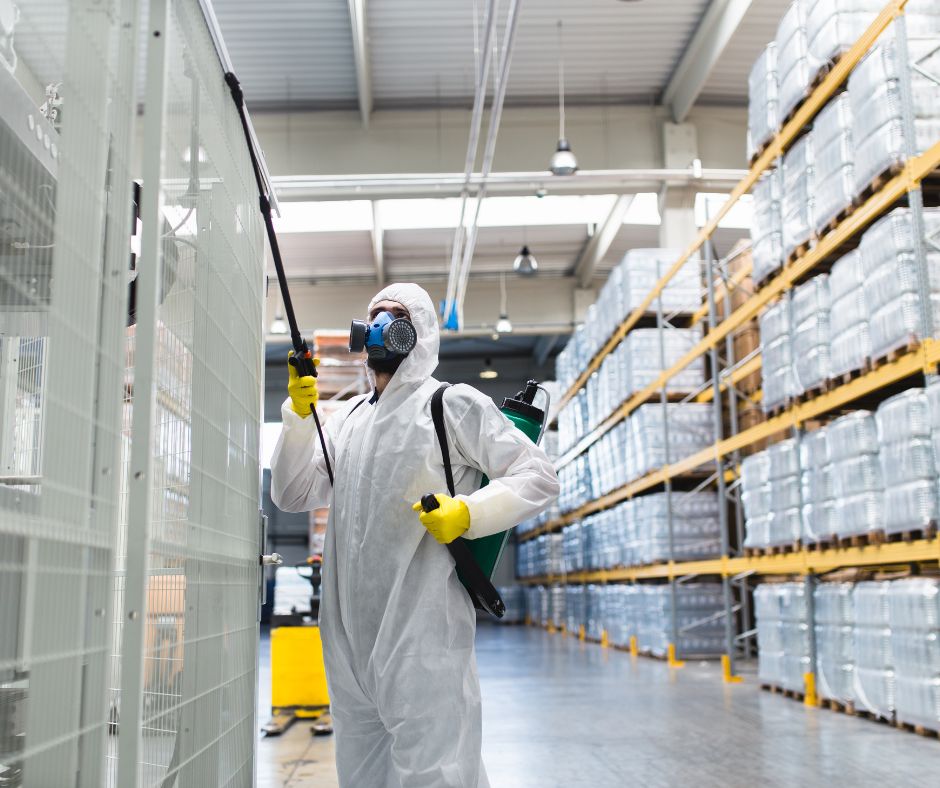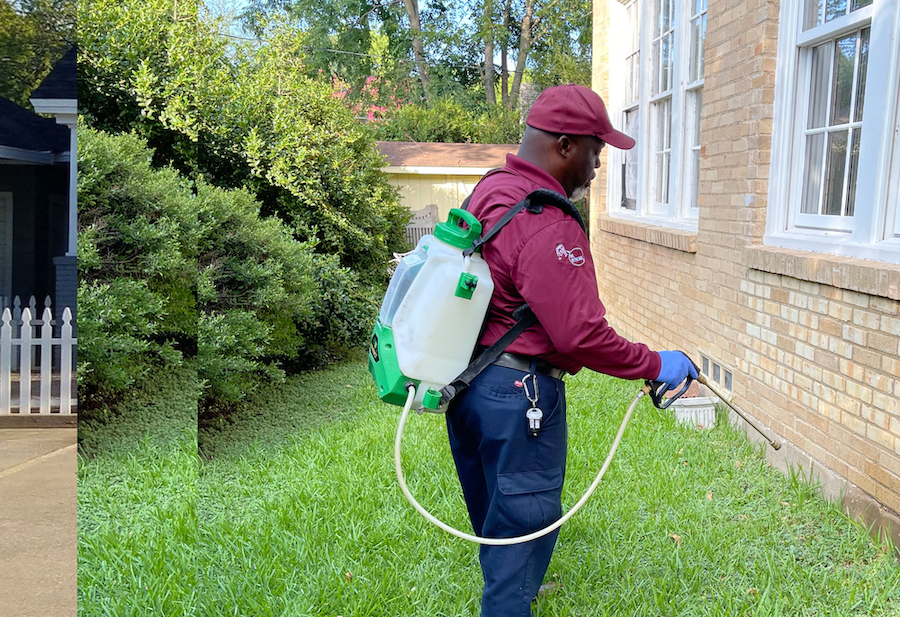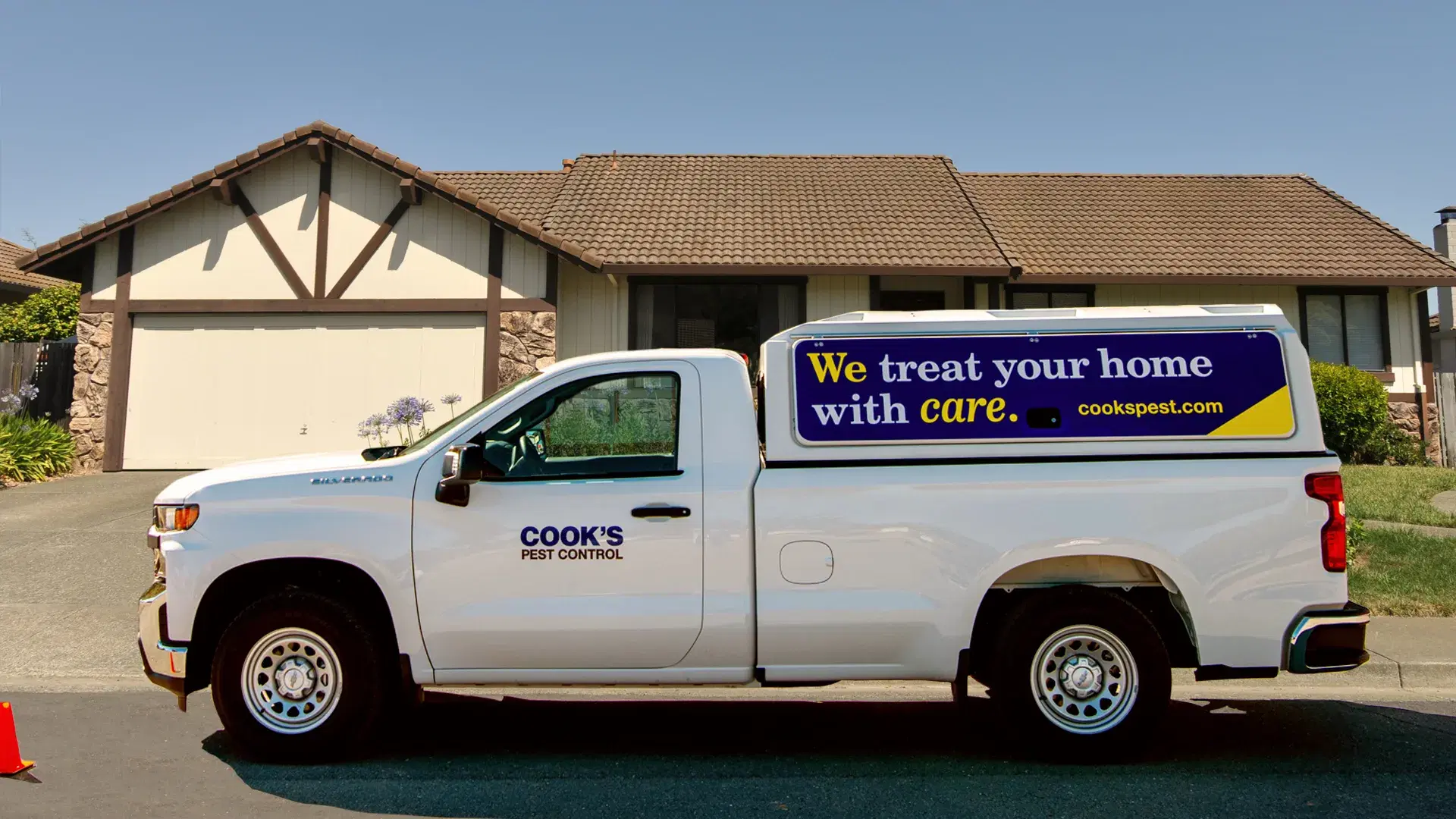How an Exterminator in Port Charlotte Can Defend Your House from Rodents
How an Exterminator in Port Charlotte Can Defend Your House from Rodents
Blog Article
Learn About the most up to date Developments in Bug Control and How to Carry Out Effective Treatment Solutions
In current years, the field of parasite control has seen significant advancements, driven by the need for sustainable and efficient therapy options. Cutting-edge techniques such as Integrated Parasite Management (IPM) integrate environmentally friendly techniques with innovative innovation, enhancing both efficiency and ecological obligation.
Eco-Friendly Pest Control Options
In recent times, the demand for environmentally friendly parasite control options has actually surged as house owners and organizations alike seek sustainable options to standard chemical treatments. This shift is driven by expanding environmental understanding and a need to minimize the health risks connected with synthetic pesticides.

Eco-friendly parasite control approaches incorporate an array of strategies that prioritize using natural materials and methods. Integrated Insect Management (IPM) is one such strategy, integrating biological, social, and mechanical strategies to manage parasite populations while reducing dependence on chemicals (Wildlife removal services). This alternative method stresses prevention via environment manipulation and the intro of natural killers, thereby cultivating a balanced ecosystem
One more popular choice is making use of organic pesticides stemmed from plants, which tend to be much less hazardous to non-target microorganisms. Products like neem oil and diatomaceous earth have actually gained traction for their performance in controlling bugs while posing very little threats to human health and wellness and the setting.
Additionally, exclusion strategies, such as sealing entrance factors and keeping sanitation, play an important role in environmentally friendly insect monitoring. By embracing these lasting practices, individuals and organizations can successfully take care of insects while promoting a much healthier earth for future generations.
Smart Technology in Insect Administration
Technology is reshaping the landscape of insect administration, with wise modern technology becoming a crucial force in enhancing performance and performance - Wildlife removal services. The integration of Internet of Things (IoT) devices, expert system (AI), and data analytics is reinventing exactly how bug control specialists come close to problems
Smart catches furnished with sensing units can identify pest task in real-time, sending out prompt alerts to operators. This allows for prompt actions, lessening damages and minimizing the requirement for extensive therapies. In addition, AI algorithms analyze historic data to anticipate parasite behavior, making it possible for proactive treatments based upon environmental conditions and infestation patterns.
Drones and automatic cars are additionally playing a considerable duty in pest management, giving aerial analyses of huge areas, determining hotspots, and even distributing targeted therapies. These technologies not only enhance procedures but additionally boost safety and security by restricting human exposure to potentially damaging chemicals.
Additionally, mobile applications encourage consumers to keep an eye on bug task and gain access to professional guidance, cultivating a joint approach to pest monitoring. Generally, the adoption of smart modern technology is establishing a new requirement in insect control, stressing data-driven choices and sustainable techniques that inevitably benefit both experts and property owners alike.
Integrated Parasite Management Approaches
Integrated Insect Monitoring (IPM) employs an alternative strategy to pest control, combining numerous methods to efficiently handle parasite populations while lessening threats to human health and the atmosphere. IPM rotates around understanding the pest life cycle, their all-natural adversaries, and the community in which they prosper.
Among the fundamental elements of IPM is checking pest populaces through routine examinations and click over here information collection. This enables the identification of insect limits, establishing when treatment is necessary. Cultural practices, such as crop turning, habitat, and hygiene control, are important in minimizing bug frequency and advertising plant wellness.
Mechanical controls, consisting of catches and obstacles, are likewise important in IPM. These techniques can physically remove or deter pests without the use of chemicals. When necessary, the judicious application of chemical controls is used, concentrating on targeted therapies that lessen environmental impact.
Education and cooperation amongst stakeholders, consisting of farmers, insect control professionals, and the community, are crucial for the effective execution of IPM methods. By prioritizing lasting techniques, IPM not only addresses pest issues but additionally promotes a healthier ecosystem.
Biological Control Approaches
Many biological control methods are significantly acknowledged for their efficiency in managing parasite populaces while promoting ecological balance. These approaches harness all-natural predators, bloodsuckers, and microorganisms can termites be treated to reduce pest numbers without depending on synthetic chemicals. The introduction of ladybugs can effectively manage aphid populations, while nematodes target soil-dwelling bug larvae.
Additionally, the usage of microbial chemicals, such as Bacillus thuringiensis (Bt), supplies an environmentally pleasant choice for handling caterpillar pests. These products especially target pest species, decreasing harm to helpful insects and pollinators. In addition, preservation biological control emphasizes enhancing environments for natural enemies, such as birds and valuable insects, thereby urging their visibility in agricultural systems.
Study proceeds to reveal ingenious methods within this area, such as making use of scents to disrupt pest mating patterns or the advancement of biocontrol representatives via genetic modification. Applying these methods can bring about lasting bug management practices that reduce the reliance on chemical treatments, eventually promoting healthier ecological communities. As understanding of these strategies expands, they are coming to be essential parts of incorporated bug management (IPM) approaches, supplying a balance in between efficient pest control and ecological stewardship.
DIY Pest Control Solutions
As property owners look for efficient ways to tackle parasite issues, do it yourself pest control services have obtained popularity for their availability and cost-effectiveness. These methods empower individuals to address problems utilizing easily offered materials and techniques, often without the need for specialist intervention.

In addition, preserving appropriate cleanliness and regular inspections can prevent pest access and nesting (Wildlife removal services). Straightforward techniques, such as securing fractures, removing food sources, and decluttering, can significantly diminish parasite populaces. Traps, both homemade and professional rodent control commercially readily available, can likewise provide effective solutions for surveillance and managing certain pests like bugs or rodents

Conclusion
The integration of eco-friendly pest control alternatives, clever innovation, and ingenious management strategies offers a thorough technique to efficient pest management. By welcoming Integrated Bug Management (IPM) and making use of biological control approaches, together with DIY remedies, responsible and lasting insect control can be achieved. These innovations not only enhance the effectiveness of insect monitoring methods but additionally contribute to a much healthier setting. Executing these strategies promotes a balanced environment while efficiently addressing pest populations.
Eco-friendly bug control approaches incorporate a range of techniques that prioritize the usage of natural substances and techniques. Integrated Pest Administration (IPM) is one such method, integrating biological, social, and mechanical techniques to handle parasite populaces while lowering reliance on chemicals. As awareness of these strategies grows, they are ending up being essential parts of incorporated pest administration (IPM) approaches, providing a balance in between effective bug control and ecological stewardship.
The assimilation of environment-friendly pest control choices, smart technology, and ingenious administration methods provides a thorough strategy to reliable parasite monitoring. By accepting Integrated Bug Administration (IPM) and using biological control methods, alongside Do it yourself services, lasting and liable pest control can be attained.
Report this page